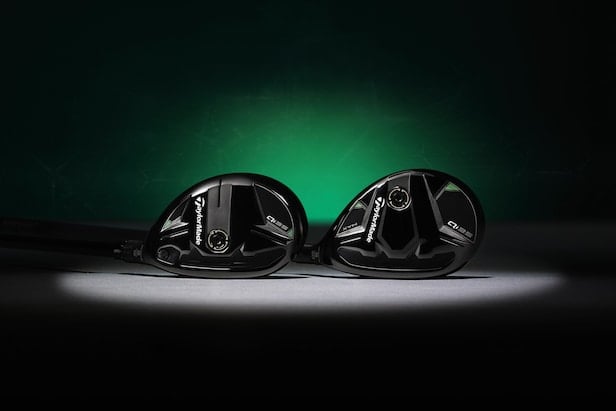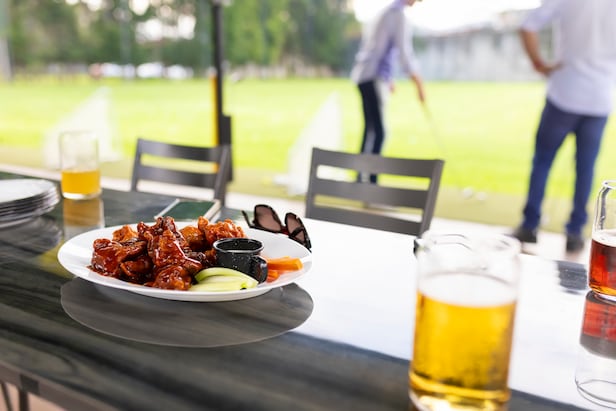Titleist GT fairway woods: What you need to know – Australian Golf Digest

- by Admin
- August 1, 2024
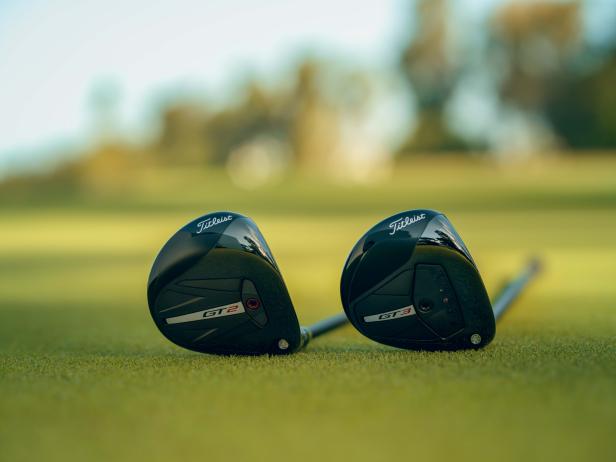
WHAT YOU NEED TO KNOW: The Titleist GT fairway woods make use of a new thermoplastic polymer matrix crown that weighs one-fifth as much as the surrounding steel to create two distinct ball flights and forgiveness profiles. The two models include the higher-launching, larger, more forgiving GT2 (TSR2 replacement) and the taller-faced, flatter-flying, control-oriented GT3 with an adjustable weight track in the sole (TSR3 replacement).
PRICE: $400 (GT2: 13.5, 15, 16.5, 18, 21 degrees; GT3: 15, 16.5, 18 degrees). Available Aug. 23.
3 COOL THINGS
1. Crowning achievement. With fairway woods still being the hardest clubs in the bag to hit off the ground, even for Titleist’s bounteous stable of tour players, finding new ways to lower the center of gravity for better launch has been a mission for years. Most recently, Titleist did away with the channel in the sole of its fairway woods to redesign the bottom for a lower CG. With the GT, the design team breaks new ground by using a lightweight thermoplastic polymer matrix crown to free up mass to create an even lower CG for better launch and energy transfer. That carbon fiber material is similar to what’s used in the company’s latest GT drivers, said Tom Bennett, principal product manager for Titleist clubs.
“We’re talking about exchanging steel for this composite material in the crown, so it’s a bigger impact (than on the drivers),” he said. Bennett said that saved weight from the composite crown sections is used differently and to different degrees on the two models.
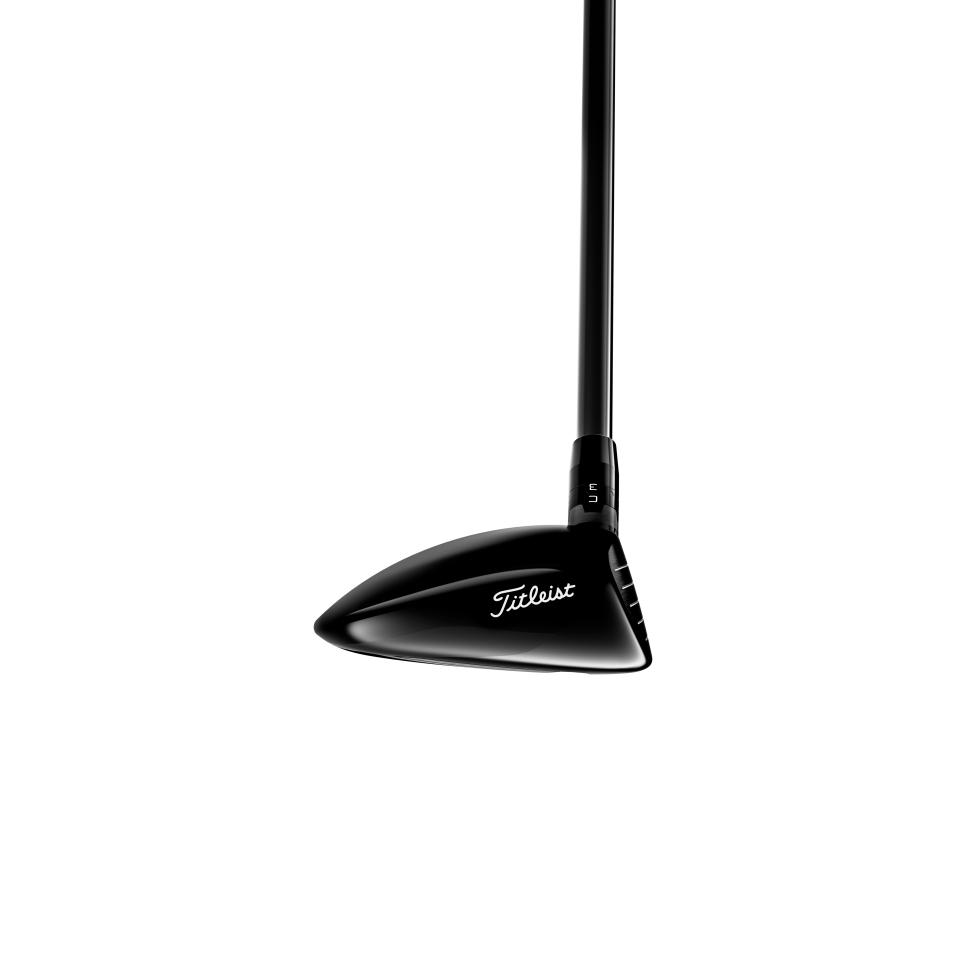
On the GT2 (above), it helps lower the CG but it also pushes it slightly forward compared to similar models in the past for lower spin with higher launch. Bennett said the goal was to prevent the CG from getting too far back, which would create more dynamic loft at impact (a good thing) but with more distance-robbing spin. “We want to go as low as possible on the GT2 because we want to get that launch up, but we’re not going to add spin,” Bennett said.
Meanwhile, the GT3 (below) wants to maintain the same level of spin for the workability of past models so the crown piece of the polymer matrix material covers a smaller area. The GT3 uses a taller face height to work better with players who tend to hit down on their fairway woods and particularly players who prefer the 3-wood to be a club almost exclusively used off the tee, a common occurrence among tour players. Still, Bennett says the GT2 and GT3 achieve the lowest CGs of any previous Titleist fairway woods.
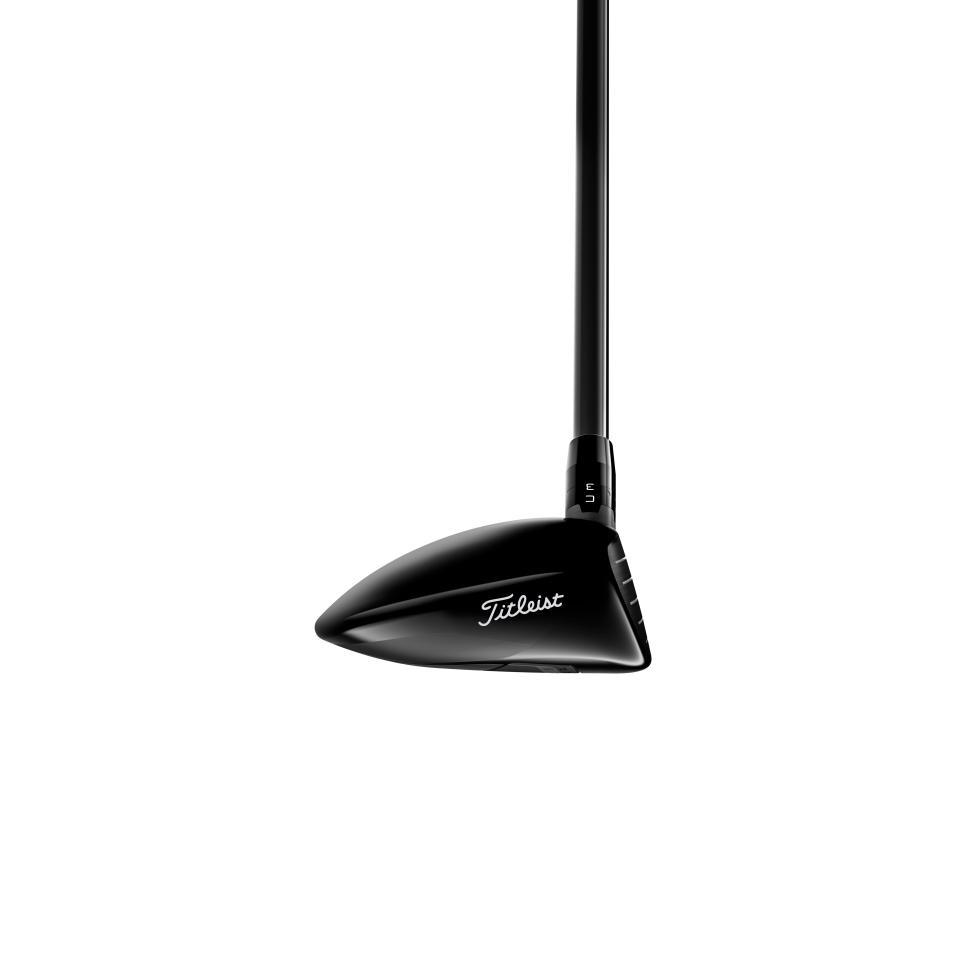
The weight savings from the polymer matrix crown allows the movable track in the front of the sole to distribute weight in one of five locations from heel to toe to better fit a player’s flight preferences or swing needs, including better matching up with typical impact locations.
Bennett also noted that several players had been able to adjust to the D-1 setting (.75 degrees lower loft), because the extra height allowed for the extra ball speed coming from lower loft.
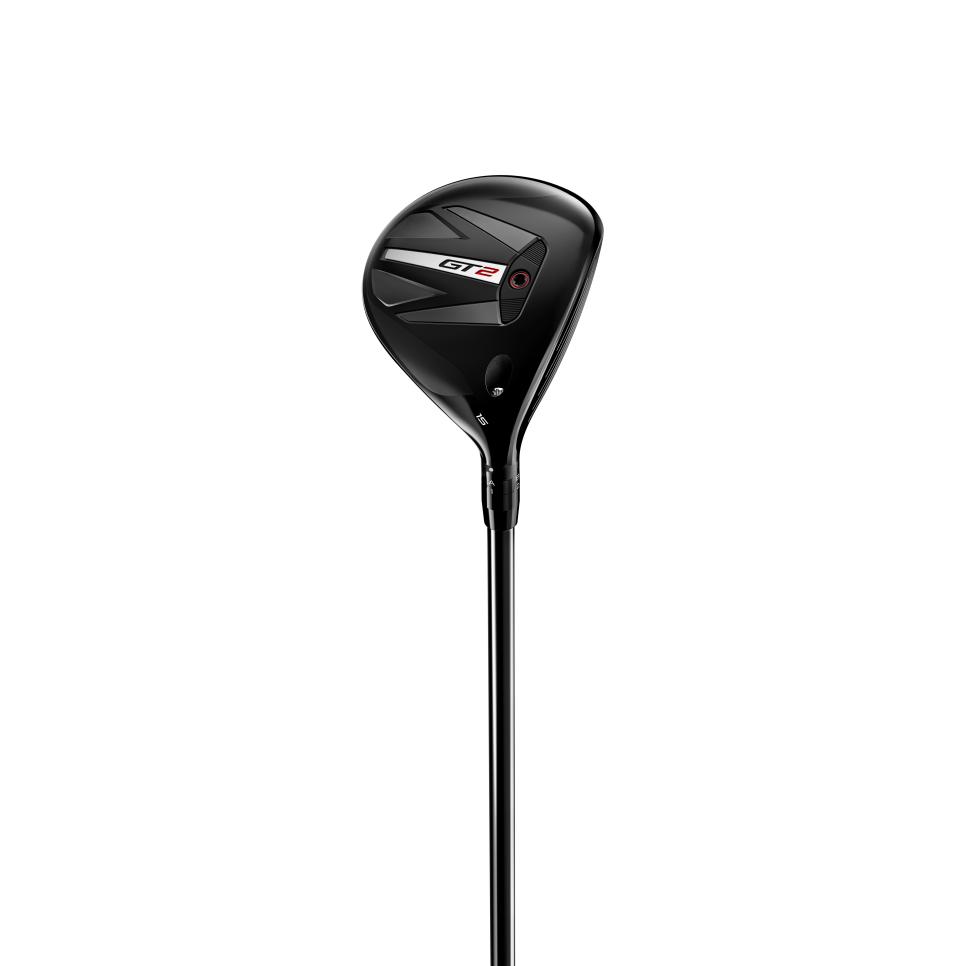
RELATED: Titleist’s GT Drivers—What you need to know
2. Facial recognition. Part of the retooling of the Titleist fairway wood lineup is the GT’s new face. Using a high-strength 465 steel alloy (“the strongest we can use,” Bennett said), the face insert bends around the sole in an L-shape. That allows for a more flexible lower section of the face for better ball speed in an area where many impacts occur.
“Because it’s 465, we can make it a lot thinner as it wraps around the sole,” Bennett said. “That gives us more compliance and that gives us very similar ball speeds when you hit face center vs. a little bit lower on the face. That speed also helps shots elevate a little more but the spin doesn’t increase as much.
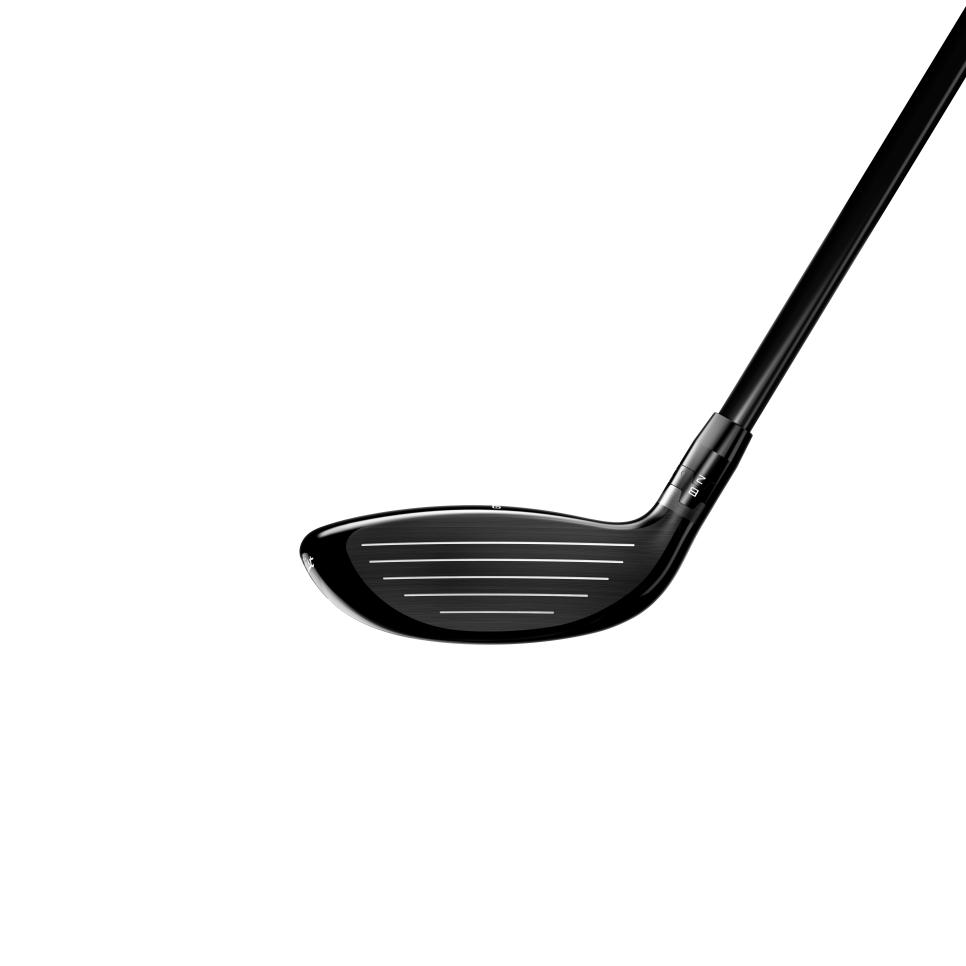
“Plus, the tour players have told us they can feel the difference on those shots. They consistently are telling us that the thin shots feel better on this head.”
3. Leading authorities. That tour player influence, of course, is a big influence on the shapes of these two designs, as well. In something of a switch, there’s increasing interest among the best players on the more forgiving GT2, which also offers a wider range of lofts than the GT3, extending to a 21-degree 7-wood and the slightly larger 13.5-degree head.
One notable change is the shaping of the leading edge, which features a flatter sole curvature that lets the front of the face sit more flush to the turf.
“We wanted to bring the low toe and the low heel closer to the ground,” Bennett said. “That does two things: It really provides a visual that the tour players really wanted to see. They wanted to see that, yeah, this is definitely going to get under the ball. It gives them a feeling that this is easier to hit and more forgiving. It also brings that face area down so that now when you hit it low heel or low toe, you’re making contact effectively higher on the face. That helps ball speed and helps control spin.”
The other difference is the GT3’s taller face vs. the shallower face on the GT2. That taller face, Bennett said, targets players with a little steeper angle of attack by giving them a better visual of the loft.
This article was originally published on golfdigest.com
The Latest News
-
January 9, 2025This year’s Australian Open matches to watch, and those to wait for
-
January 9, 2025Tears fall as top ranked Aussie wins grand slam spot
-
January 9, 2025Australian Open 2025: Hady Habib becomes first Lebanese to make Grand Slam main draw in Open Era | Tennis News – Times of India
-
January 9, 2025Birrell survives marathon to book Australian Open start
-
January 9, 2025‘I’m ready’: Young star sends message to Aussie selectors


